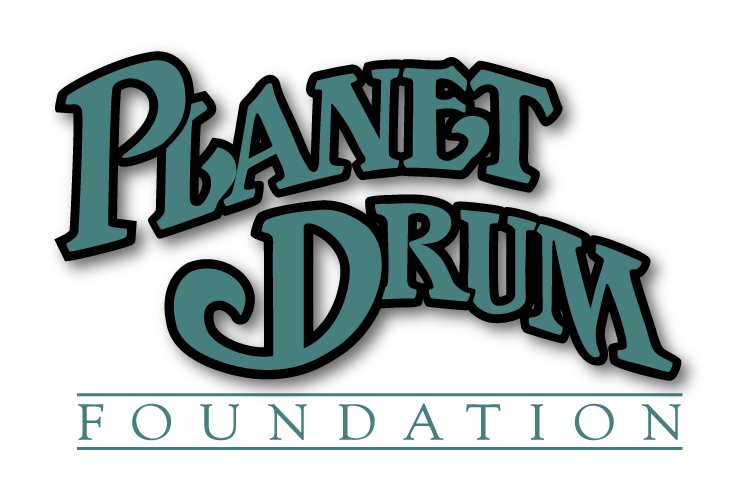Posts
June 11 – July 29, 2014 Field Report The past seven weeks have been dedicated to hosting revegetation workshops with local school students at the greenhouse. The Fanny de Baird school has 16 groups of students (averaging 40 students in each group) who are in the proper age range for participating with Planet Drum. So […]
Read MoreWhen I started working as the Community Engagement Intern at Planet Drum (PD), I was excited to join the team and help out in any way that I could. The first weeks as a Drummer involved working at some of the restoration sites that Planet Drum has been caring for during the past few years, […]
Read MoreApril 21 – June 10, 2014 Field Report The Revegetation Project is moving in exciting new directions and expanding its scope. The goal for 2014 is now to produce 15,000 trees in the greenhouse. 13,000 of them will be distributed to locals and 2,000 trees will be planted and maintained directly by Planet Drum. Revegetation […]
Read MoreMarch 11 – April 18, 2014 Field Report The very sparse rainy season persists. And now that it is late April, it is likely that it is wrapping up. The weather has been cooling off slightly, especially in the evenings, which is considered a sign that the dry season is approaching. Rumors of a possible […]
Read MoreFebruary 6 – March 10 2014 Field Report The rainy season has been on the very light side this year. In fact, it’s hardly been raining at all. Larger plants and trees from previous years that already have big roots are doing well and can take advantage of every little drizzle and downpour. Smaller, more […]
Read MoreNovember 5, 2013 – February 5, 2014 Field Report We ended 2013 with visits to the greenhouse from several more groups of students from the Sathya Sai and Montufar schools. The children thoroughly enjoyed the visits. Some of the younger groups of kids were actually the most knowledgeable during the lecture portion of the workshop […]
Read MoreSummary Report (COP19), Warsaw, PolandDecember 4, 2013By David Simpson and Jane Lapiner Learning in Warsaw The IETA and Climate Profit There was a small meeting room down a hard-to-find hallway on one of the five floors of the vast, mildly disorienting (depending on the degree of your jet lag) Stadion Narodowy (National Stadium) in the midst […]
Read MoreAugust 20, 2013 – November 5, 2013 Field Report In late August, a GPS site map of the revegetation sites from 2005-2013 was completed with the initiative taken by field research intern Joffrey Iboud. After several months of plotting GPS coordinates at all of the sites, the data was entered into a computer with maps […]
Read MoreI arrived at Planet Drum’s Ecuador office in early June, enthusiastic about beginning my Community Engagement Internship. I wasn’t sure what to expect about the work I’d be doing or about everyday life in Bahia, but at the end of August with toned muscles and a new bioregional perspective, I was leaving a place that […]
Read MoreJune 21- August 19, 2013 Field Report Summer (verano) has set in and the days tend to be cooler and overcast with a nice breeze blowing through. When the sun comes out it’s still hot, but not like during winter (el invierno). This will likely be the typical weather pattern until late December. It’s been […]
Read More